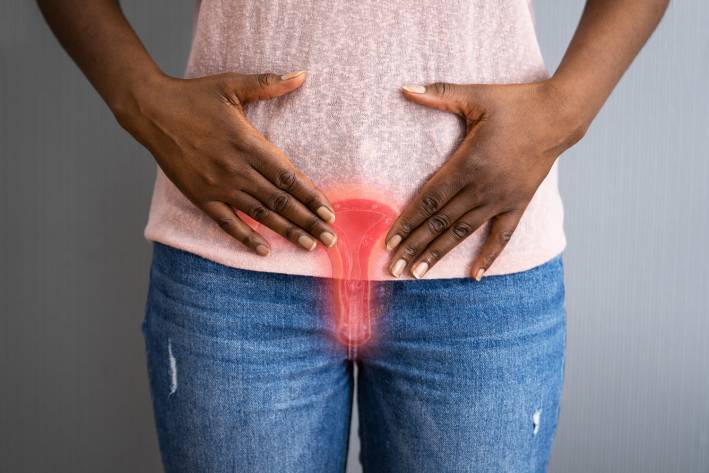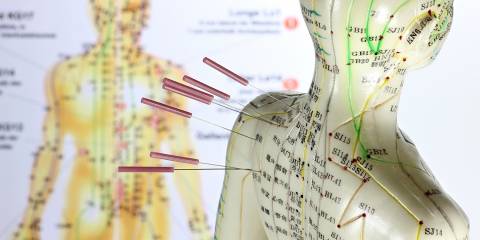Vulvodynia is pain in and around the vulvar/vaginal area — either constantly or with intercourse.
Causes
It is sometimes brought on by touch or contact, but may also occur as a constant discomfort even without any touching.
Vulvodynia seems to fall into several subgroups.
-
Neuropathic
This is pain from a nerve injury and will often feel stinging, burning or electric shock-like. The pelvic exam is usually normal in these cases.
-
Inflammatory
This sometimes is associated with a small ring of redness around the inner vulva and may be associated with some unknown infection or other inflammatory process in that tissue. For this subset, some physicians are recommending surgical incision of a small strip of tissue in a circle around the vulva. I would not do surgery until other approaches have been tried unless the pain is totally localized to that small ring of tissue.
-
Muscular
This comes again from pain in the pelvic muscles. Sometimes one can find the muscle which feels like a tight band and can reproduce the pain by pressing on that muscle.
It also can sometimes come from multiple muscles deep in the pelvic area and be referred to the vaginal/vulvar area.
-
Fibromyalgia
If your vulvodynia is associated with fatigue and insomnia, you likely also have a related fibromyalgia process.
The good news is that fibromyalgia is now very treatable, and the pelvic pain (along with many other problems) often improves with the fibromyalgia treatment as well!
Treatment
-
Medications
All of these are prescriptions, may be sedating, and should be discussed with your physician.
-
Elavil
Elavil (Amitriptyline) — 10 to 25 mg at bedtime. Several weeks on this can often alleviate the pain considerably.
-
Neurontin
100 to 600 mg 3 to 4 times a day. You should know if the Neurontin is going to help within a few days of being on a given dose.
Start slowly with the Neurontin (often only a night time dose is needed as it may be sedating) and work your way up if needed. If there is no effect at 2,800 mg a day, taper it off. If it helps, one can go as high as 5,000 mg a day or higher.
If the Neurontin is either poorly tolerated or ineffective, it is worth a trial of:
-
Lyrica
Take Lyrica 150-300 mg 1-2 times a day (start at bedtime).
-
Dilantin
This anti-seizure medication is effective at 100 mg 3 to 4 times a day.
-
-
Other Therapies & Advice
-
Check for Fibromyalgia
If your pelvic pain syndrome is associated with fatigue and insomnia, you likely also have a related fibromyalgia process. The good news is that fibromyalgia is now very treatable, and the pelvic pain (along with many other problems) often improves with the fibromyalgia treatment as well!
-
Check for Infections
In addition, be sure that any infections that are present — especially fungal infections, which can be a common trigger for this disease — are treated.
-
When Counseling is Needed
A history of sexual abuse is common in woman with vulvodynia. If you have suffered from this, please consider counseling with a good therapist so your psyche and soul can heal along with your body.
-
More Information Online
- National Vulvodynia Association (support and resources at www.nva.org)





